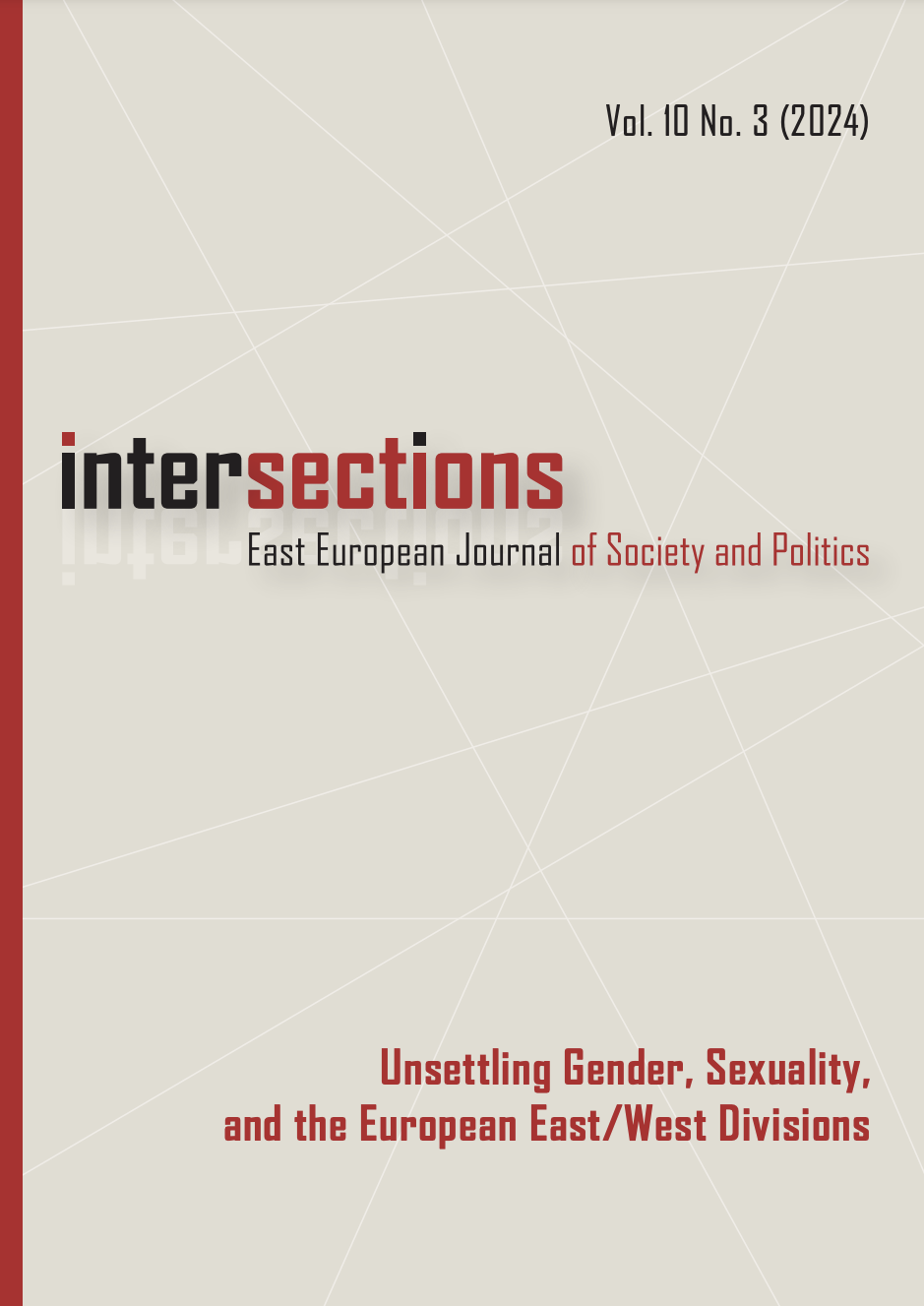Quo Vadis? Communication Law
Communication law as a new challenge of the information society
DOI:
https://doi.org/10.17356/ieejsp.v10i3.1043Keywords:
communication, information society, information pollution, communication law, communication rights, challengesAbstract
The research framework is provided by the information society, where the role and importance of communication has increased, in both economic and legal contexts. Meanwhile, the communication law has developed into a new interdisciplinary, plural, sui generis branch of the science of law that integrates normative acts related to communication into the legal system and is capable of independent value articulation. The aim of the research is to facilitate the development of the topic by providing its definitions and presenting the context and challenges of the topic. At the same time, it points out that the rise of social media, robotics, COVID-19 and the Russia-Ukraine war are bringing about regulatory changes that require new solutions. In addition to reviewing the international and domestic literature on the topic, the author bases his findings on previous empirical research too. According to the research conclusions, the wide-ranging innovative application of information technologies and the suppression of abuses are desirable, which presupposes the further development of the legal environment, the communication law, and the elaboration of legal developments mapping out the changes. As a result of the research, it makes specific recommendations for this and develops the related theoretical areas.

Downloads
Published
How to Cite
Issue
Section
License
Copyright Notice
Authors who publish with this journal agree to the following terms:
Authors retain copyright and grant the journal right of first publication, with the work three months after publication simultaneously licensed under a Creative Commons Attribution License that allows others to share the work with an acknowledgement of the work's authorship and initial publication in this journal.
Authors are able to enter into separate, additional contractual arrangements for the non-exclusive distribution of the journal's published version of the work (e.g., post it to an institutional repository or publish it in a book), with an acknowledgement of its initial publication in this journal. This acknowledgement is not automatic, it should be asked from the editors and can usually be obtained one year after its first publication in the journal.



